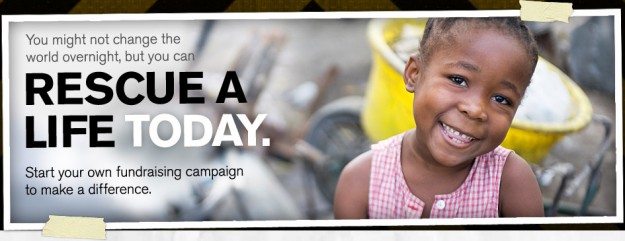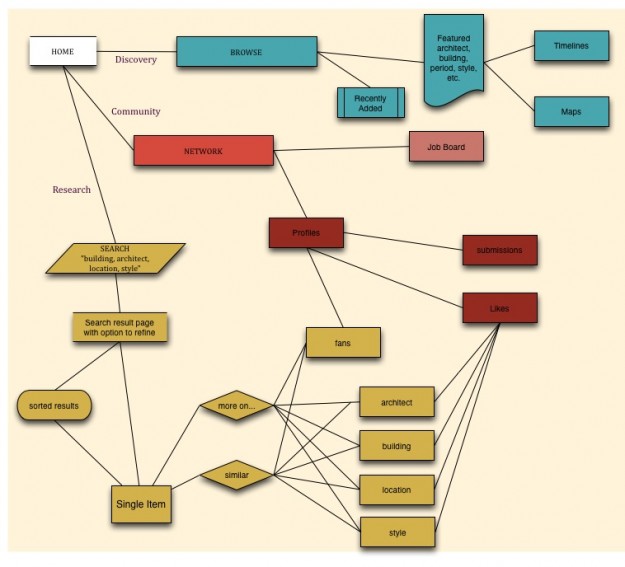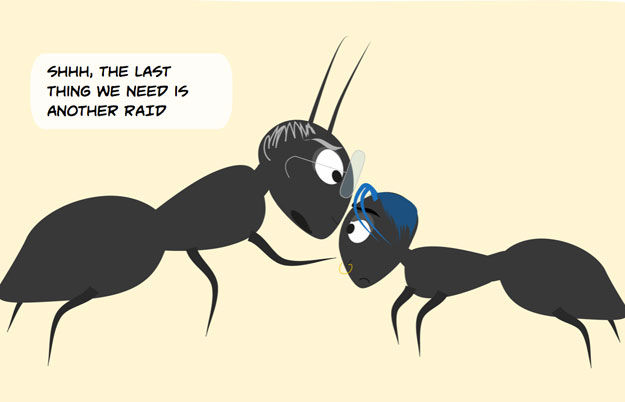This week, I connected a database to my betherenyc project. I’m using the noSQL database MongoDB, through Heroku, which will give me more flexibility with the data and its structure as opposed to a traditional SQL database. I’m using the MongooseJS library to interface with the database.
So far the fields my data schema for events is as follows:
var Event = new Schema({
name : String
, urlslug : String
, desc : String
, date : { type: Date}
, time : String
, place : String
});
See the progress of this project at betherenyc.herokuapp.com
See the code at github.com/michelleboisson/betherenyc
I’m also building an online game that we’re calling ITPville for my Big Games class. It’s a multiplayer game in the likes of CityVille. More info on this coming soon.


